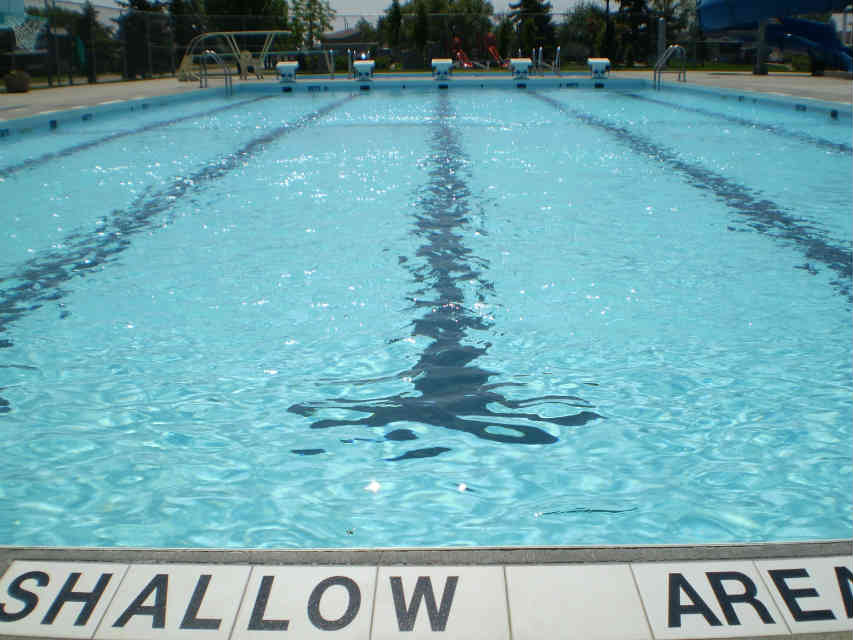Permits
Development Permits
If you are planning changes such as constructing or renovating a building or changing the use of a building or land, you will need a permit from the Town of Hanna.
Development permits deal with a development’s impact on surrounding properties while building permits deal with the structural stability of buildings and the health and safety of the building’s occupants. Regulations and procedures may seem intimidating so please talk to Town staff as you prepare your plans so we can help. We’ll tell you about any other approvals that may affect your plans or costs.
Meeting with us early can help you avoid surprises and help ensure that your project goes quickly and smoothly.
Building Permits:
You may need a building permit in addition to your development permit. Where the Land Use Bylaw regulates the use and form of development through issuing a development permit, the Alberta Building Code regulates methods and materials used in building construction, the occupancy, and the use of buildings and equipment to safeguard the health and safety of building occupants.
Building and other permits such as gas and electrical are available through Palliser Regional Municipal Services.
Many of the items you need development permits for also require building permits. At the time of application you will need to provide plans showing the details of the work to be done. For most projects, such as finishing a basement or building a deck, we might require only a hand-drawn sketch. For an addition to a house or commercial building you may require drawings prepared by an architect or engineer.
Why do I need a development permit?
The Town of Hanna Land Use Bylaw defines Development as:
- An excavation or stockpile and the creation of either of them, or
- A building or an addition to, or replacement or repair of a building and the construction or placing in, on, over or under land of any of them, or
- A change of use of land or a building or an act done in relation to land or a building that results in or is likely to result in a change in the use of the land or building, or
- A change in the intensity of use of land or a building or an act done in relation to land or a building that results in or is likely to result in a change in the intensity of use of the land or building.
If any of the above is being considered, a development permit is required.
What sort of things require a development permit?
- New buildings.
- Structural additions, alterations or repairs to any existing buildings. These can include basement developments; skylights and sun rooms. A permit is not required for painting, decorating, new siding, shingles, etc.
- Change of use of a building (most common to a new business replacing an old business in a commercial building).
- Operating a home based business.
- Attached and detached garages.
- Decks – if any part of the floor is more than 0.6 m (2 ft) above the ground.
- Sheds that measure more than 10m2 or 100 ft.2 in floor area or for smaller sheds if a foundation is constructed.
- Communications Towers
- Landscaping if it involves changing the drainage pattern on the lot or if retaining walls over 1 m (3 ft) high are built.
- Swimming pools.
- A day home where care is provided to children under the age of 12. Other conditions may apply.
- All fences
What is the application process?
- Complete application form.
- Bring your plans and supporting documents to the Town Office. This generally includes site plan, floor plan and elevations.
- Development Office reviews the application and supporting documents to determine if the material is sufficient to file the application. If it is sufficient, your application will be accepted. The application fee is required to be paid at the time of application. If your application is not sufficient, you will be advised what else is required before your application is accepted.
- Development Officer assesses your application and considers things such as parking, land use, design and the surrounding area.
- Development permits where the applicant is applying for a Discretionary use or a Permitted use where a variance or relaxation is requested or the installation of a sign, a notice of the decision of the Development Officer will be advertised in the local paper and is subject to a 14 day appeal period. The Development Officer also notifies landowners and occupiers in writing who are likely to be affected by the proposal.
- If there is not objection to the development, the Development Officer will issue a development permit 14 days after the notice of decision is given.
- Any person claiming to be affected by a decision of the Development Officer may appeal to the Subdivision and Development Appeal Board by serving written notice of appeal to the Secretary of the Board within 14 days after the notice of decision is given.
- If an appeal is made, the subdivision and development appeal board holds a public hearing within 30 days of receiving a notice of appeal.
- After public hearing, Subdivision and Development Appeal Board must give its decision within 15 days.
Where can I get the documents?
Here:
Development Application for Construction
Forms and instructions to be completed when undertaking any type of construction. Home business, signs and fences have their own form.
Development Application for Home Businesses
If you are wanting to operate your business from your home, you must have approval. Once approval is granted, you can purchase your license.
Development Application for Signs
Any sign on land or fixed to a structure must be approved before being installed.
What is the difference between a development permit and a building permit?
A development permit is required prior to commencement of any development, which includes constructing a building, among other things. You must obtain a development permit before obtaining a building permit.
A building permit, on the other hand, is required prior to the construction, renovation, and addition of a building whether it is for residential, commercial, industrial, or other uses. An application for a building permit requires an application form, an application fee, and one or more complete sets of blue prints for the proposed construction.
For example: The development permit says that you may put a garage on this (specific location) piece of land. A building permit says that your garage may be this size, made of this material, and of this design.
NOTE: It is necessary to obtain electrical, plumbing, and gas permits prior to such installments.
What makes me eligible to appeal the decision?
In order to be allowed to appeal a decision, you have to be the developer or a person “affected” by that decision.
What reasons do I need for my appeal?
The reasons for appeal may be divided roughly into two types:
- Procedural Reasons – example: the Development Officer has not followed the proper procedures in making his/her decision or the Development Officer has gone beyond the limits set by the Land Use Bylaw in exercising his/her discretion.
- The “Merit” of the Development – you believe this specific development is not a good one for this neighbourhood based on its effects on the physical, social, and/or economic environment
What is a non-conforming use?
A non-conforming building or use refers to one that does not comply with the district’s provisions of the bylaw, but which was in existence before, or has been issued a development permit before, the date the Land Use Bylaw came into effect. The Municipal Government Act allows for a non-conforming use of land or building to continue to exist once the land use bylaw is in effect.
RV Parking Permit
Remember the 48 on, 48 off rule. When parked on a street, all RVs, boats and trailers:
- Can be parked no more than 48 hours and must be removed for 48 hours,
- Must be attached to the tow vehicle,
- Cannot be used as a living space, and
- Must have power cords suspended (so they are not trip hazards)
Temporary parking permits can be requested if you need to exceed 48 hours.
Backyard Pools
Although the use of swimming pools is a wonderful way to enjoy the summer, caution needs to be exercised to protect children.
Under the Alberta Building Code, a “swimming pool” is defined as a privately-owned pool that has a water depth greater than 24 inches at any point. Fence and gate requirements will then apply.
The Alberta Safety Codes Act requires you to obtain a permit prior to installing a swimming pool. Also, there is insurance that should be looked into as well.
Contact our bylaw officer for further information.
Below are some links with useful information and regulations:
Safety Codes Alberta



